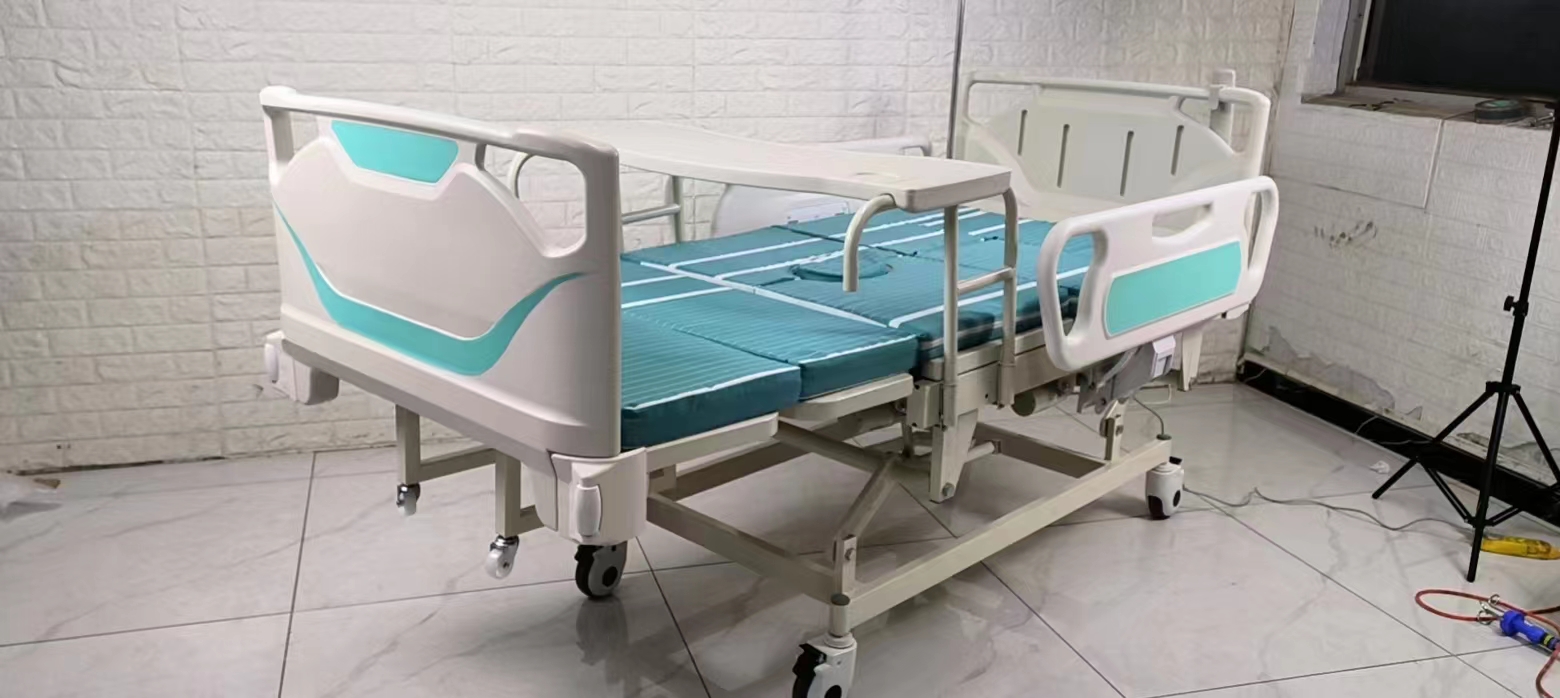Welcome to our websites!
anti decubitus mattress how to use
How to Use an Anti-Decubitus Mattress
An anti-decubitus mattress, also known as a pressure relief or support mattress, is designed to prevent pressure sores and improve comfort for individuals who are bedridden or have limited mobility. These mattresses are essential in healthcare settings and are beneficial for anyone requiring long-term bed rest. Proper use of an anti-decubitus mattress can significantly enhance the quality of life for patients.
Firstly, it is important to select the right type of anti-decubitus mattress based on the patient's needs. Generally, there are three main types foam mattresses, air-filled mattresses, and alternating pressure mattresses. Foam mattresses provide a solid foundation that distributes body weight evenly, whereas air-filled and alternating pressure mattresses use air cells that inflate and deflate to relieve pressure points. Consult with healthcare professionals to determine the best option.
Once the mattress has been chosen, proper installation is crucial. Place the anti-decubitus mattress on a clean, dry bed frame. Ensure that the mattress is securely fitted and that there are no folds or wrinkles that could create pressure points. For air-filled or alternating pressure mattresses, connect the mattress to the air pump according to the manufacturer’s instructions, ensuring that all connections are secure.
anti decubitus mattress how to use

When the mattress is in place, educate caregivers about how to assist the patient properly. Position the individual comfortably, ensuring the heel, sacral area, and any other pressure points are well-supported. Regularly repositioning the patient is vital to maximize the benefits of the anti-decubitus mattress. Ideally, change the patient’s position at least every two hours to alleviate pressure.
It is also important to maintain the anti-decubitus mattress properly. Check the air pressure in air-filled mattresses regularly, and look for any leaks or changes in firmness. Foam mattresses should be inspected for any wear or damage. Cleaning the mattress according to the manufacturer’s guidelines is essential to prevent infections.
Additionally, skin care is vital in preventing bedsores. Ensure the patient’s skin is clean and dry, and apply moisturizers if necessary. Daily skin assessments can help identify any early signs of pressure injuries.
In summary, using an anti-decubitus mattress effectively involves selecting the right type, ensuring proper installation, educating caregivers, maintaining the mattress regularly, and prioritizing skin care. By following these guidelines, caregivers can help prevent pressure sores and enhance the overall comfort and well-being of individuals requiring bed rest.
-
Transforming Healthcare with Hospital FurnitureNewsJun.24,2025
-
Rehabilitation EquipmentNewsJun.24,2025
-
Mobility and Independence with WheelchairsNewsJun.24,2025
-
Freedom of Mobility with Our Rollator WalkersNewsJun.24,2025
-
Comfort and Independence with Commode ChairsNewsJun.24,2025
-
Bathing Safety and Independence with Shower ChairsNewsJun.24,2025
-
Navigating the Wholesale Landscape of Electric Mobility Solutions: Key Considerations for Power Wheelchair DealersNewsJun.10,2025











